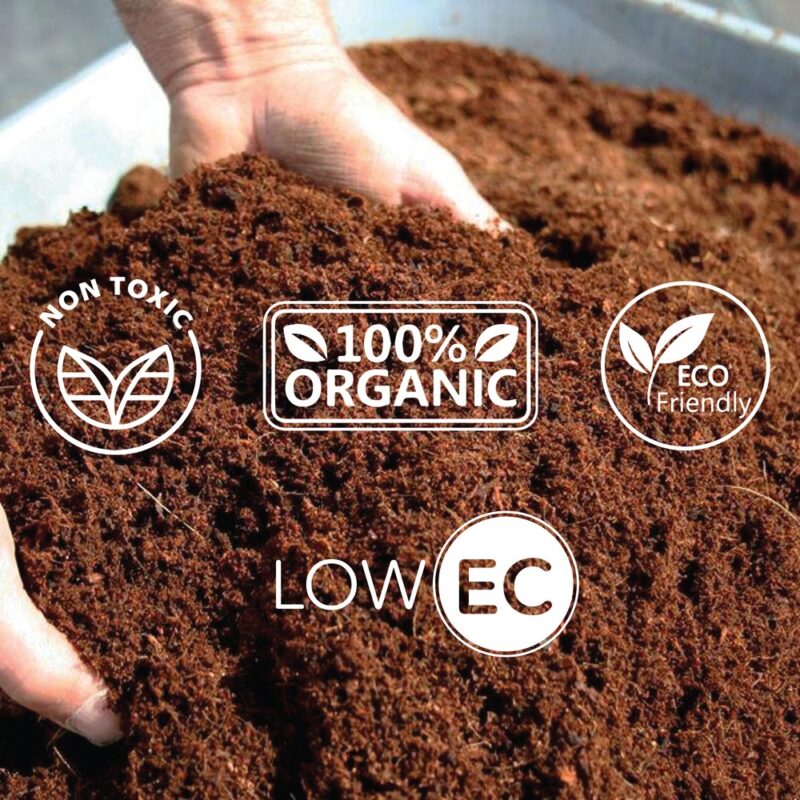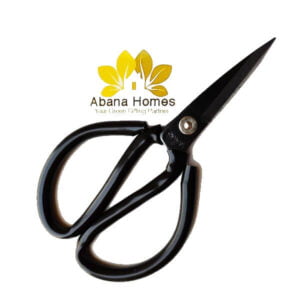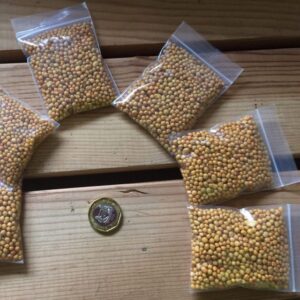When you open a coconut, you get to notice the stringy, fibre-like interior. It is the element that forms the basis for coco peat. The beneficial nature of coco peat has been acknowledged for both small and big garden spaces. Interestingly, coco peat for plants called ‘Coir’ is widely available as an excellent substitute to peat moss.
Usage of Cocopeat
Cocopeat is used in different fields like:
- Greenhouses
- Potting mix suppliers
- Hydroponic growers
- Seedling nurseries
- Garden & nursery centre experts
- Home gardening
- Horticulture & floriculture applications
What is Coco Peat?
Cocopeat is a multi-purpose growth motivator that is made using coconut husk. The use of fibrous coconut husk is firstly pre-washed, dried and sieved. Later, it is made free of sand as well as other contaminations like animal and plant residue. You can consider coco peat as a beautiful alternative to the long-established peat moss or Rock wool.
- The air-filled porosity, as well as high water retention, makes coco peat a suitable growing medium for a wide variety of plants.
- Coco peat is 100% organic and environment-friendly.
- The product is devoid of soil-borne pathogen and offers a pH of 5.7 – 6.5; ideal for plant growth.
- Coco coir is reusable. You have to rinse and strain, and it can function correctly again.
- If we compare coco peat and soil, the peat is effective in retaining more water and slowly releases it to the plant roots.
Benefits of Coco Peat
Peat moss cannot be a sustainable gardening source. It is a product extracted out of peatland mining that is a hazard to sensitive bogs and swamps. Coco peat is a sensible substitute to peat moss that exhibits superior water retention capacity, drainage and aeration. Furthermore, it is more resistant to pests, weeds and diseases. Coco peat usually comes pressed into bricks. These are first soaked for breaking them without any hassle. Also, the product is available in dust form called ‘coir dust’. It is used to grow several exotic plants like ferns, anthurium, bromeliads, and orchids. Coco peat price varies from Rs. 49/Kg to Rs. 100 per Kg and varies based on the purpose it needs to serve. For Home Gardening, the coco peat brick can be used. cocopeat brick costs around Rs. 150. If you’ve bigger garden, you can take 5kg cocopeat block. A Cocopeat block of 5kgs costs around Rs. 300.
Coco Peat & Home Gardens
You can add coco peat directly into the garden soil for enhancing water retention and aeration. Moreover, coco peat also lessens the risk of soil fungus and different root diseases. The mixing of this product in the home garden soil should be in 25/75 ratio. You can even use coco peat as a mulch in the region of garden plants. This action helps the soil hold onto moisture and avert weed growth.
For potted plants, coco peat is a soil-less growth medium. The usefulness of this product in aqua-culture growing arrangements is quite essential. Remember, container gardens do dry out quick; therefore, apply a 1-inch coco peat layer over the container soil for supporting the soil to uphold sufficient moisture. You can easily access coco peat online for home gardens and pots.
FAQs about Cocopeat
Can we mix coco peat and soil?
Coco peat is less acidic as compared to peat moss. This permits it to last longer and offer higher water retention. Coco peat is preferably used in soilless potting mixes. However, you can also mix it with soil in concentrations ranging up to 80% of the mixture.
Is coco peat a fertilizer?
No. You can call it as an organic renewable growing medium. The use of coco peat helps save water resources and further lessens the dependency on chemical nutrients.
Is coconut fiber suitable for succulents?
For succulents, gardeners use a medium of coconut coir with added perlite. Such a mix is prepared for young plants that grow in greenhouse conditions.
How long does coco peat last?
The resilience of coir is beyond impressive. However, it varies depending on the form and age. It usually lasts anywhere up to four years. If you are using the precomposted coconut, it will last you about four years without any compaction or shrinkage. On the other hand, the non-composted one will last about two years.
How much perlite is to be added to Coco?
Usually, the coco coir growers prefer to add somewhere around 25% of the perlite to the coir to achieve bst results. However, there is still a large number of growers who prefer to add a good ratio of perlite, probably around 50% of the coir. It also works best for phenomenal airflow balance.







